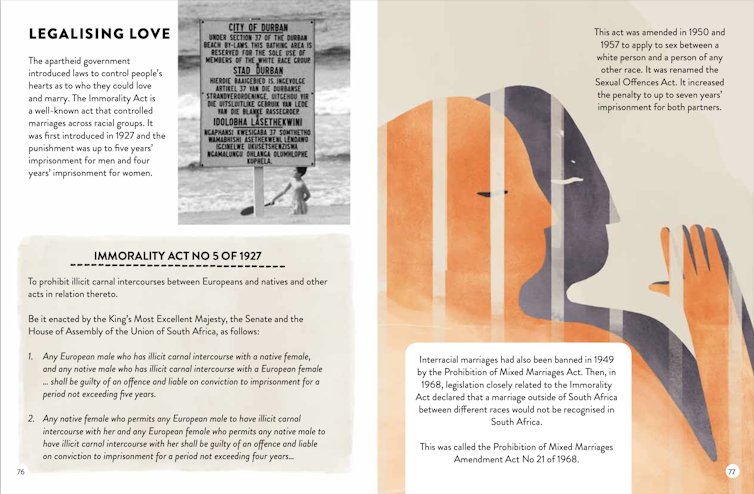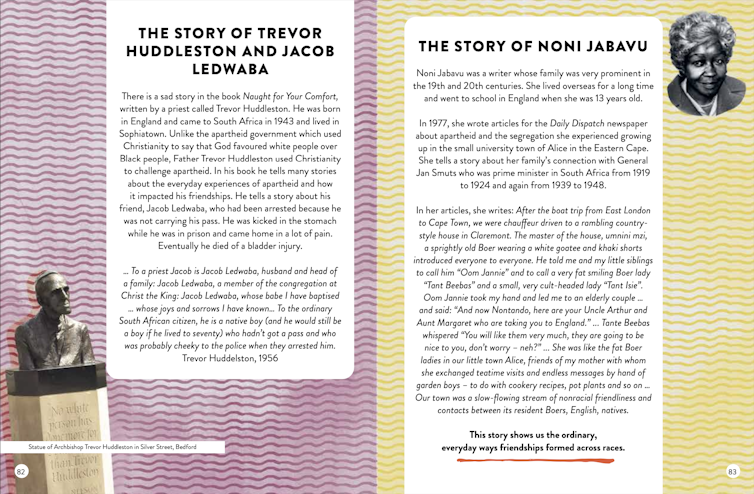Introduction to Apartheid
A new book, Together Apart: The Story of Living in Apartheid, has just been published in South Africa. Intended for young people but speaking to readers of all ages, the book explores what it was like living through this dark and racist period of segregation. It’s laden with graphics, illustrations and comic book-styled information.
What is Apartheid and its History
Apartheid (an Afrikaans word which means “setting apart”) was a set of laws introduced by a White-minority government. It was formalized in 1948. South Africa was divided into four races (White, Indian, colored and African) and people were separated according to racial groups. Apartheid entrenched a system of racism that was based on the idea that white people were the superior race. People who were “non-white” were inferior and didn’t deserve the same rights.
This racism has a foundation in colonialism, where Europeans travelled to other parts of the world and took over land and resources by force and by war because they believed they were superior. So, apartheid and colonialism are systems of superiority. They are also systems of violence, as the laws made it possible for people who were not European to be killed and enslaved in order to create new lands where Europeans could live. In separating people by race, apartheid created so called independent self-governing states known as Bantustans or homelands for African people and then the Republic of South Africa for the white people in order to prevent them from mixing.
Apartheid’s Impact on Daily Life
In cities, the system also created different living places for different groups of people. After that, everything – like education and schools, sports facilities and competitions – was divided by race. So there could be no mixing in schools and sports, arts and cultural events. This included places like train stations and beaches.

Apartheid spurred protests and a liberation movement made of various political organizations which actively fought against it. It ended formally in 1994 with democratic elections that saw Nelson Mandela become president, though its legacy is still experienced on a daily basis by many. Apartheid is still experienced more harshly in other parts of the world, for example Palestine.
Highlighting Personal Stories
Most people think of history as being the story of nations and big historical moments. But history is in the everyday, it’s all around us. The food we eat, the clothes we wear, the homes we live in are all influenced by history. By paying attention to personal stories we can see that history is not boring if it is in the everyday. Personal stories are also passed on from generation to generation. This means history is about who we are as people rather than facts to remember from a textbook. While facts are important, sometimes they remove us from the reality that history is all around us.



